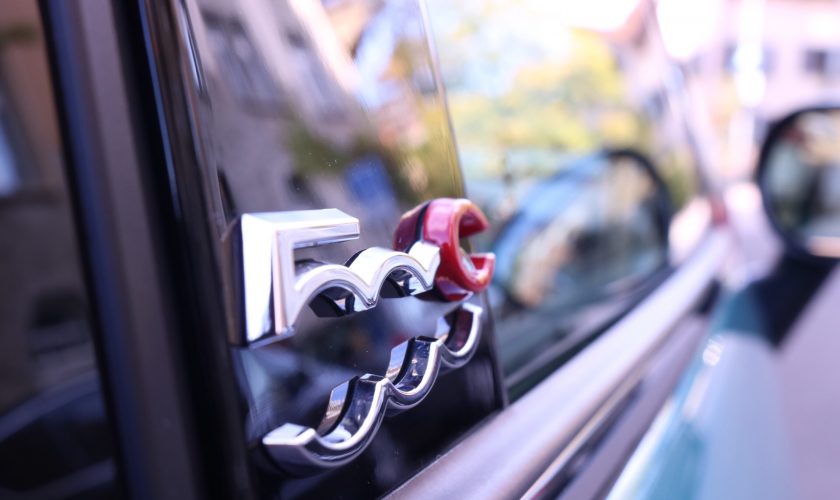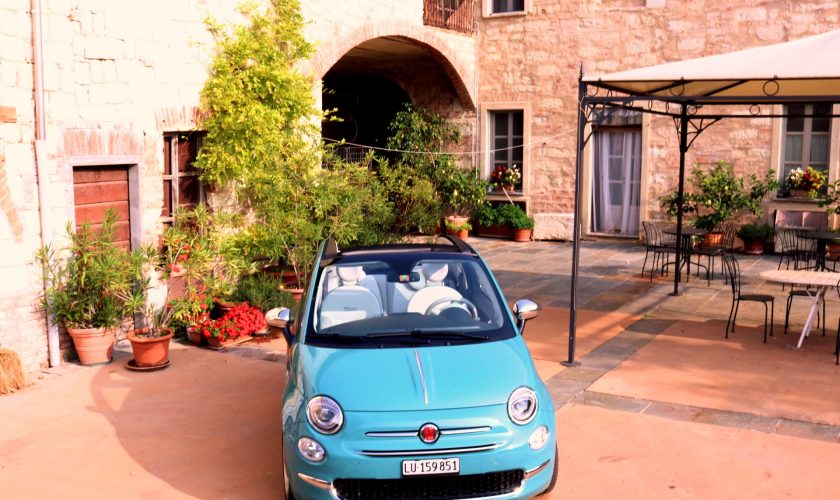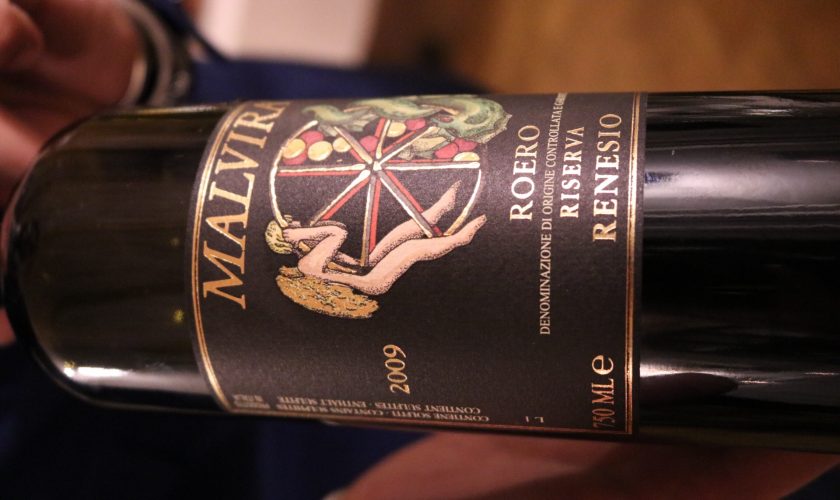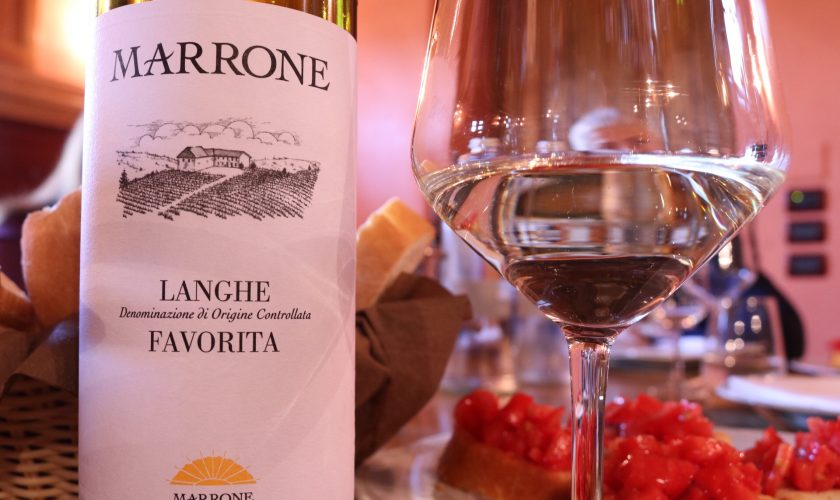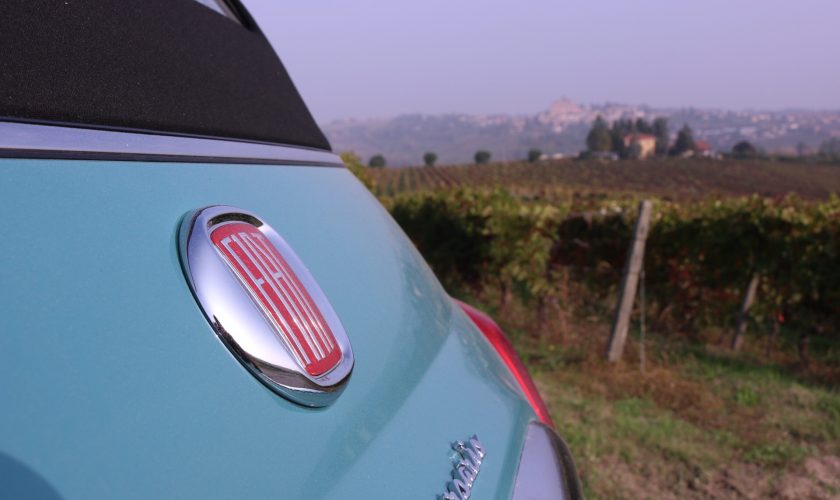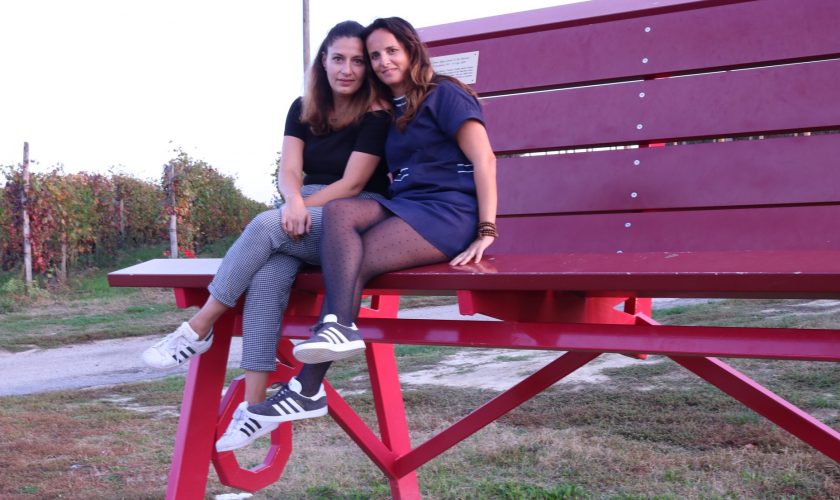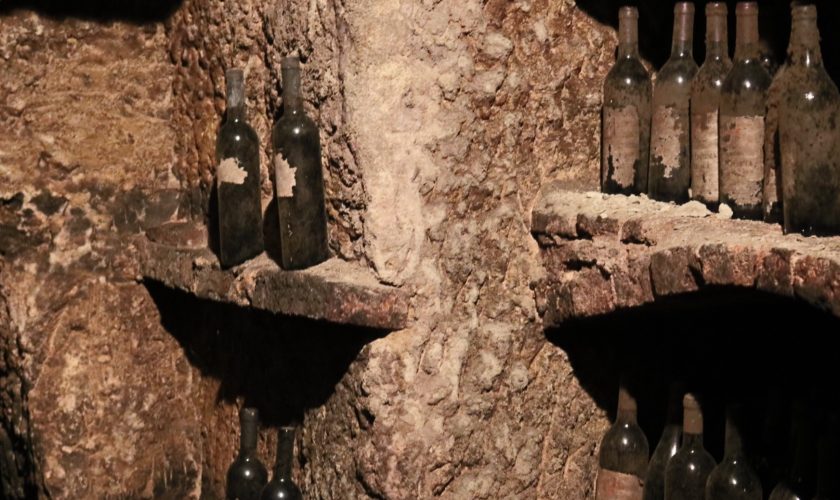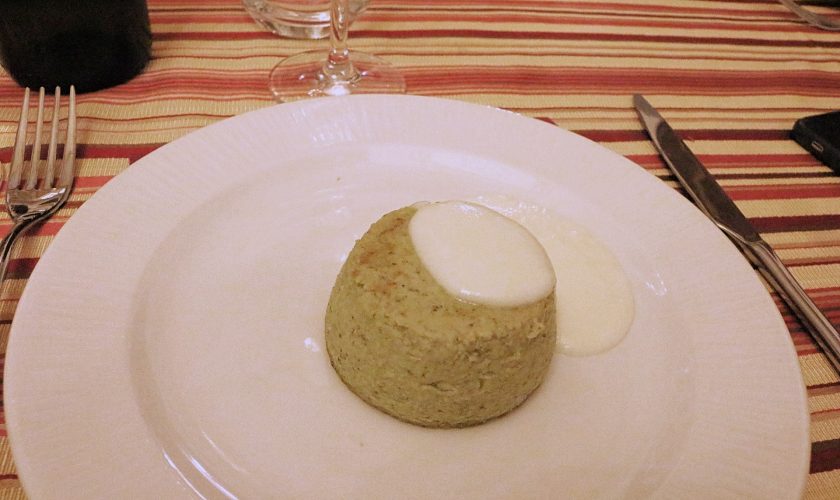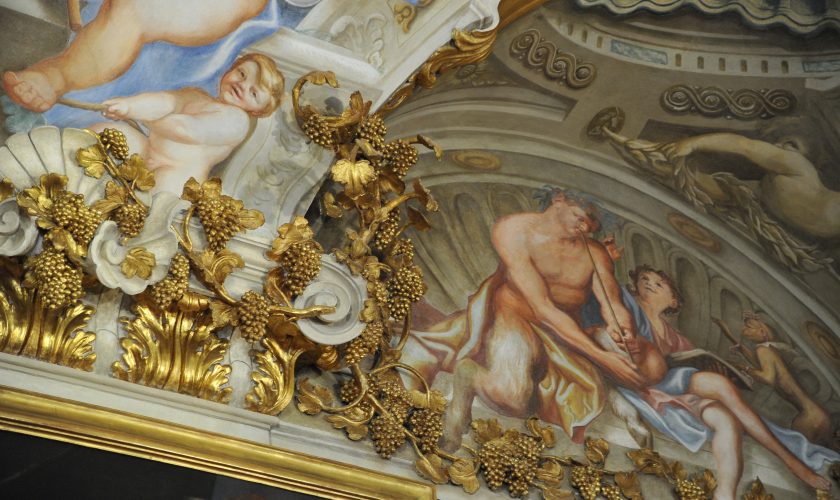My personal highlights: 48 hours wine trip in the UNESCO heritage Barolo discovering wine rarities & meditative landscapes in Langhe
When you hear the word Italy, the chances of being surrounded by good food & drinks are very high. I am very thankful of my Italian origins, they thaught me to appreciate and recognize a pure taste. There are several facts about True Italian Taste and its provenience that need to be known.
In occasion of a campaign promoted from the Italian Chamber in Zurich I got in touch with the topic “True Italian Taste” and “Italian Sounding”. This is how the Barolo Trip in Piedmont organized by “Strada del Barolo e grandi vini di Langa” came along.
What means Italian Sounding?
Italians sounding is the marketing of food and beverage produced worldwide, often labelled with Italian names and misleading Italian words and pictures. This misleading information is extremely dangerous for our Italian heritage! Reason enough why the Italian Government realized a unique mark against fakes. The project considers a brand to print on the product’s labels to fight forgery, starting from the food industry.
Important quality products have their origins in Piedmont. The world knows Barolo, the white Alba Truffle or Fiat. All of these brands have been created in this region.
Let’s mention Fiat first, since I had the pleasure to travel with a cozy Fiat500 Cabrio, Anniversario edition all the way to Alba. FIAT was founded in Turin in 1888. The Anniversario edition is dedicated to the 60th birthday of the Fiat 500. It comes in a fresh Riviera green! This retro model caught much attention all around the Langhe Piomentesi! We cruised through the valleys feeling safe. What a fun having the wind blowing through the hair listening to legendary Italian songs. The car trunk offers enough space to bring back home exquisite wine bottles! Thanks FCA Switzerland for this great opportunity! Get more information and facts about the Fiat500 Anniversario Model here.
Let’s dive into the culinary part of my travels.
Discovering Barolo & Barbaresco – UNESCO World Heritage since 2014
UNESCO rewards this region of Italy not only for being a land of vineyards, castles and medieval towers, but also for the labor of men and women down the ages. The soil of Langa has always been difficult and demanding to work: the malora, a term used by Beppe Fenoglio to describe a painful condition, reminds that the farmers who used to live in Langhe in the 1950s, had a lot of difficulties working the land.
The UNESCO site comprises the Barolo DOCG communes of Barolo, Castiglione Falletto, Grinzane Cavour, La Morra, Monforte d’Alba, Novello & Serralunga d’Alba, including the Barbaresco DOCG communes of Barbaresco and Neive.
The charm of the landscape and the geographical viticulture add ideal circumstances and incredible value to this travel experience.
During every wine tasting I appreciated much the way all the winemakers presented and shared their precious knowledge. The sparkles in their eyes can not be overseen while they explain the history of their winery. Some of the history goes back hundreds of years.
Standing between the yards, absorbing the smell and colors with all senses allows a whole picture on what wine making means.
On our Barolo trip we visited 5 wine yards in 48 hours!
That was a real challenge. Thanks to the perfect organization of “Strada del Barolo” we managed to absorb all the facets offered by this region.
Piedmont red wine: appreciated and popular in the whole world –
What means DOC and DOCG?
It lays down the rules for its production and for admission to the market, that it has this fame. Barolo and Barolo Riserva wines have obtained the DOC with DPR 04.23.1966 and subsequently the DOCG with the DPR 07/01/1980 (Italian law). These laws and the subsequent amendments define the Production Regulation of Barolo wine.
Important characteristics of Barolo DOCG wine:
- It’s made exclusively from Nebbiolo grapes, grown in the territory of 11 municipalities designated by the mentioned Production Regulations.
- It must be bottled and can age only in the defined municipalities.
- The minimum aging of the Barolo wine is 38 months and 62 months for Barolo Riserva wine. 18 month must follow in a wooden barrel.
- The release for consumption is permitted from 1 January of the fourth year following the harvest for Barolo wine and from 1 January of the sixth year following the harvest for the Barolo Riserva wine.
- The grape yield must not exceed 8 tonnes per hectare.
- The yield of wine per hectare must not exceed 5,600 liters.
The Barolo and Barolo Riserva wines must also have the following characteristics:
- minimum alcohol content 12.5% by volume
- They must have a ruby red color
- The taste must be dry taste and full, elegant and harmonious.
This regulation may explain, why so much hand work is put into the production of these wines.
Piedmont Food delicacies
Everyone know, the famous White Truffle of Alba or hazelnuts, (one of the best quality hazelnuts in the world and main ingredient of many handmade sweets of the local tradition). What about Dop cheeses, hand made pasta or any kind of salumi? Gastronomy in Langa is robust and tasty. The dishes are simple and genuine.
How to plan your Piedmont tour in Barolo – Langhe – Roero and Monferrato
This blog article shall inspire to offer a good mix in term of size and region of the wineries. It can be used as a help to book a wine trip on your own. Find all the coordinates below.
Important: Absolutely schedule tasting appointments in advance, you will be grateful to all the attention and precious knowledge the winemakers can share with you. If they know about a visit, they can plan and organize this accordingly.
The partner that organized our tour was “Strada del Barolo e grandi vini di Langa“. Mario put together a tailored wine tasting experience that led through Langhe, Roero & Monferrato. You can check for a driver that makes all of the transfers.
How many wineries to visit during your weekend trip?
I recommend 2 wineries per day, if possible focus on a one area per day. With this agenda you have time to enjoy the cultural offer around the region, too. Explore some hiking or biking. Go for a shopping afternoon in picturesque Alba.
The season to travel if you’re in love with truffles is October. Spring is recommended, too. This time is less touristy and gives you the chance to see blooming wine yards!
How to find wineries for your Barolo wine tour
In this section you get introduced to a selection of wineries I have visited personally and absolutely recommend.
- Azienda Agricola Malvirà – Roero
The grapes cultivated at Malvirà are: Nebbiolo, Arneis, Favorita, Chardonnay and a small part of Barbera.
Malvirà cultivates 42 hectares and exports all over the world, (Switzerland included). Today the estate is run by two brothers, Massimo and Roberto Damonte and their sons.
Plenty of the wines produced are 100% organic. All of them follow the defined strict regulation of Barolo. When you walk into a cellar of such a size you understand how much work is behind that business.
My personal highlight: Enjoying a dinner with one of the founder, Roberto Damante. Exploring the pairing of precious drops with delicate ingredients as the white Alba Truffle or local beef tartar. This combination makes evolve the palate with completely new flavors!
Contact:
Azienda Agricola Malvirà dei F.lli Damonte
Via Case Sparse, 144, Loc. Canov, 12043 Canale d’Alba (CN), Tel. +39.0173.978145, e-mail: malvira@malvira.com
Accommodation:
For your first night I recommend to stay at Villa Tiboldi. It is managed by the same family of the winery. The house is surrounded by a breathtaking view over the hills of Langa and Roero. The boutique hotels offers 10 comfortable rooms around 170 Euro/night. A restaurant and a swimming pool with a view over the Langhe make your stay memorable! Experience the ideal pairing of exquisite traditional Piemontese Food with premium wines!
- Josetta Saffirio, Loc. Castelletto 39, 12065 Monforte d’Alba – Langhe
This winery is located at Monforte d’Alba on Castelletto hill, facing south east, for a total of 5 hectares of vineyards mostly planted as Nebbiolo. In the early twentieth century, Josetta’s father, Ernesto, began cultivating the vineyards inherited from his father. 1952 she creates a unique Barolo, which in the nineties amazes the Italian wine scene. Josetta is the first woman giving a label to the Barolo wine. The gnomes decorating the bottles are inspired by childhood stories she was told by her father!
My personal highlight: Putting on boots to walk inside the wine yards gives makes you smell the earth! Marco, one of the managers, guided us through his favorite hill called “Persiera”. From here you admire the complete Langa valley. Lange means tongue (IT: Lingua). This is the shape of the wine yards! I am taught, that the color of the leafs explain the sort of a grape.
Check their project called: adopt a row! You can buy your own row and experience onsite the huge work that lies behind winemaking. Learn all the steps of wine making as the harvesting, the aging and finally the bottling. More details here.
Contact:
Josetta Saffirio Farm, Località Castelletto, 39, 12065 Monforte d’Alba (CN), info@josettasaffirio.com,
Tel. + 39 0173 787278
- Agricola Gian Piero Marrone, Langhe
The Company “Agricola Gian Piero Marrone” is a Family for four generations dedicated with passion to the works in the vineyards. The business is in hand of three sisters in the 4th generation. Here you experience a friendly and honest hospitality with genuine and home made dishes at reasonable prices. This place is very authentic. Find excellent products as wine olive oil, truffles and local sweets at reasonable prices.The winery is beautifully located in the middle of the Langhe hills and has a admirable terrace facing the wine yards. The restaurant invites to take a seat at tables “between” the wine barrels.
For those who love cooking: Attend a cooking class in the winery and learn the secrets of this typical cuisine! Get more information here.
My personal highlight: Tasting an excellent Langhe doc Chardonnay “Memundis” and learning from Marco Bertone one of the managers that sulfates (mostly in white whine) are often cause of headaches. They remove oxygen from the stomach, which in turn takes it from the brain. The lack of oxygen causes headaches! Now I know where my headaches come from: no wines with sulfates, please!
Contact:
Agricola Gian Piero Marrone, Frazione Annunziata 13, 12064 La Morra (CN) Italia, tel +39 0173 509288, e-mail: marrone@agricolamarrone.com
- Cantina Cascina Castlèt – Between Alba and Asti
Costigliole d’Asti is one of the most enchanting centers in Alto Monferrato. From the valley of Tanora the landscape rises to gentle hills up to the 300 m above sea level. M. Frazione San Michele, from where you can enjoy a magnificent view to the Alps. The soil conditions are ideal for viticulture.
Local grape varieties are: Barbera, Moscato, Uvalino and Nebbiolo, Cabernet Sauvignon and Chardonnay. This variety has been grown in Costigliole since the late 18th century. Cascina Castlèt used to belong to the Borio family for generations. Mariuccia inherited it from her father in 1970.
My personal highlight: Exploring a wine cellar with a mystic touch. It reminds me of a place where the magic happens. The wine is refined until it gets to the result to be a rubin red Barbera.
Contact:
Cascina Castlet
Str. Castelletto, 6, 1405 Costigliole d’Asti, Tel.: +39 0141 966651, Email: info@cascinacastlet.com
Accommodation:
Villa Loreto, Strada del Loreto, 33, 14055 Castigliole D’Asti – www.villa-loreto.com
A little paradise for your relax with an amazing view managed by a Swiss couple that fell in love with this region. The stylishly furnished homes with private pools are located in a private estate of 35’000 m2. Maria introduces me into the exploration of Asti Spumante in food recipes! I love to share my favorite Piedmont Dessert with you, it’s prepared super fast and easy!
Zabaione al Moscato d’Asti
Ingredients: 1 egg, 4 egg yolk, 1dl Moscato d’Asti, 50 grams of sugar
Preparation:
In a saucepan placed in a bain-marie, add the Moscato d’Asti and the sugar to the egg yolks and the whole egg. Use a wire whip to mix slowly until it gets warm, stir until the mixture is soft and creamy. Remove from heat and immediately strain with biscuits or a hazelnut cake.
- La Casaccia – Monferrato
This area is somewhat overshadowed a bit by Barolo and Barbaresco. Be prepared of very exclusive and delicate wines made with the Grignolino or the Freisa grapes. At La Casaccia they produce elegant traditional drops interpreted in a modern way. Giovanni loves to experiment with the grapes and offers very intellectually wines that reflect the positive elements of the character of Giovanni and his family.
The winery La Casaccia is located in a house from the 17th century. Today it is renovated to a jewel including a cozy B&B. Walking in the base where the wine cellar is feels like visiting an ancient museum. Some bottles are hundreds of years old. The cellar excavated in the underground is a rarity. It made this region become a World Heritage Site of UNESCO, too.
Do you know the Grignolino grape?
I did not. It’s a famous grape from the region of Monferrato. It is a wine of character and full of discoveries. With its natural spiciness it’s perfect for those who love the intriguing flavors. Grignolino is very delicate wine and difficult to cultivate. The grape is sensitive to diseases and requires a lot of care and attention.
My personal highlight: Try their wines at dinner, spend a night at their cozy B&B and get spoiled by the traditional and genuine cooking skills of Elena. I absolutely loved their La Casaccia metodo classico sparkling wine made of Chardonnay grapes.
If you are planning a longer time off from home and are interested in helping in the wine yards, this is a place to do such a project. Get in contact with them!A specialty we tried was a flan made of broccoli, a veal involtino stuffed with artichokes and some fresh cheese and salumi. Feel like eating at a family table. We shared lovely stories of life zipping on our glass. The breakfast in the morning is the cherry on the top. A lukewarm hazelnut cake made only with egg white and local hazelnuts! No butter and practically no sugar. Thank you Giovanni, Elena, Margherita and Marcello for this very hearty evening spent with you sharing our stories of life.
Contact:
Azienda Vitivinicola La Casaccia, Via Barbano Dante 10, Cella Monte, 53010, Tel. 0039 (0)142 489 986, E-Mail: vini@lacasaccia.biz
Accommodation:
Simple but very cozy and authentic rooms. It’s a very typical historical building in Cella Monte from the 17th century renovated with much love. Get more here.
Interested in other travel stories? Visit my travel section here.
